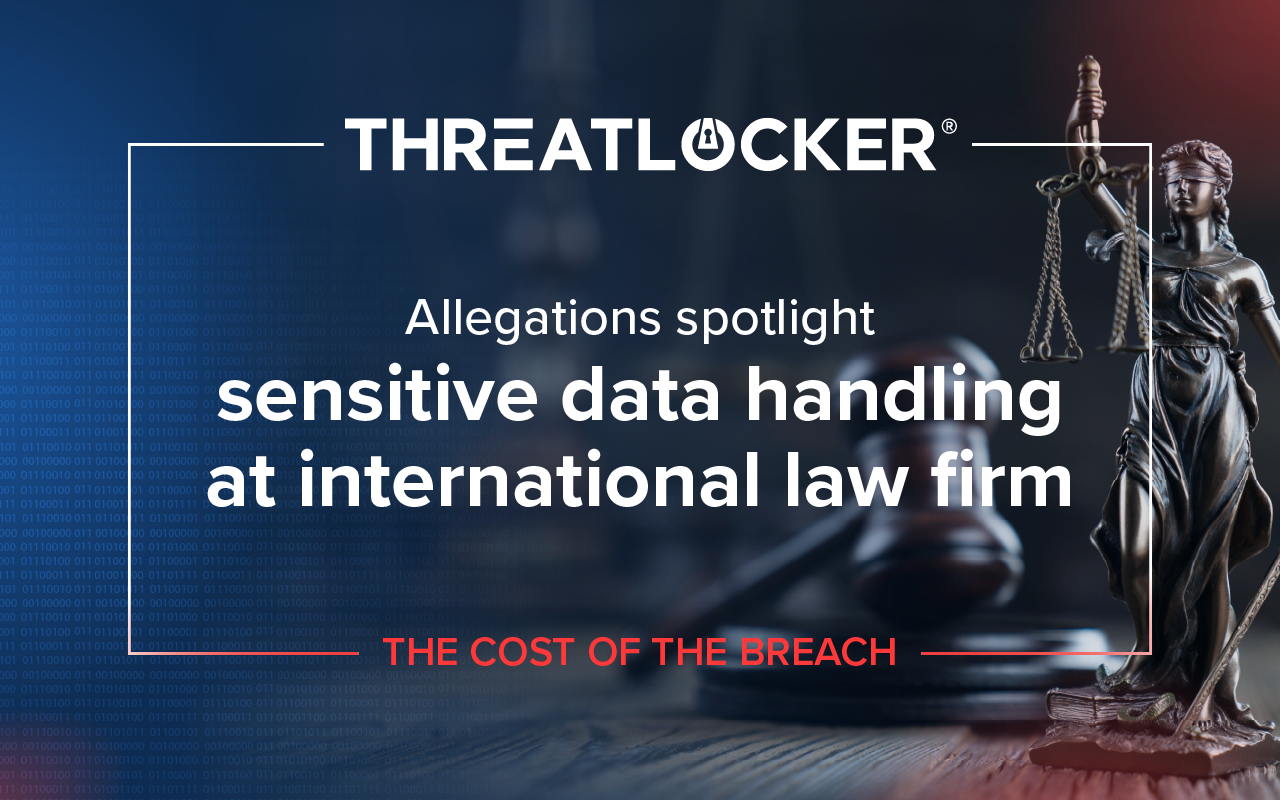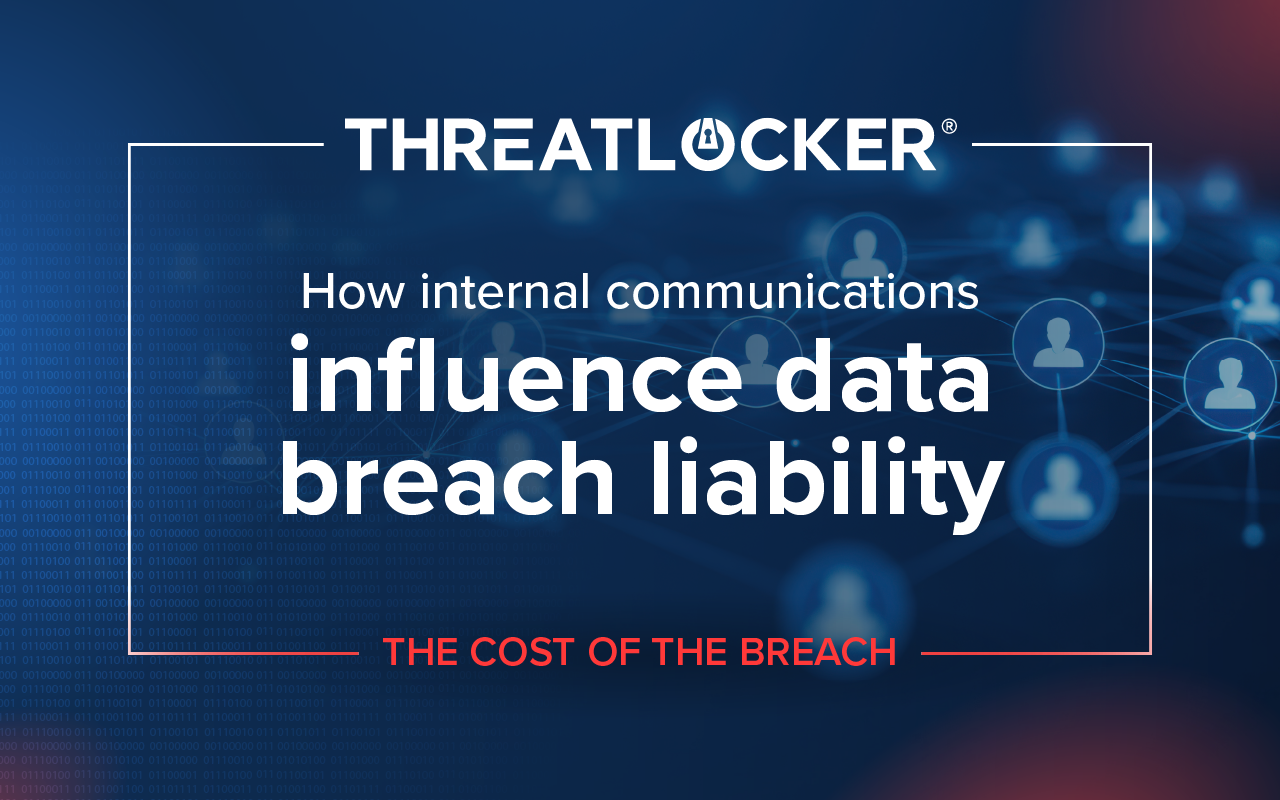Table of contents
Exela Technologies Inc., a Texas-based business process automation firm, filed for Chapter 11 bankruptcy in March 2025, seeking to restructure more than $1 billion in liabilities across dozens of its subsidiaries. Among them is DocuData Solutions, L.C., a company that specializes in managing and processing sensitive documents, exactly the kind of operation most vulnerable to a cybersecurity breach.
Public records and related litigation suggest an alleged 2022 ransomware incident played a significant role in Exela’s financial downturn. The breach, attributed by outside reports to the Hive ransomware group, allegedly led to data exposure, operational disruption, and mounting remediation costs that strained the company’s already precarious finances.
Legal and operational ripple effects
Court documents for DocuData and its affiliates reference categories of liabilities consistent with breach-related costs, including breach remediation contracts, potential claims under the federal Stored Communications Act (18 U.S.C. § 2701), and data privacy disputes listed in the statement of financial affairs. While Exela’s official petitions do not elaborate on the breach’s origin or scope, the company has publicly acknowledged that its remediation efforts continued into 2024, including a $35 million contract for breach notification and mitigation services.
One client, Aflac, sued Exela for nearly $900,000 in alleged losses stemming from what it described as a ransomware-related system failure. The fallout affected several of Exela’s operations and, by extension, companies like DocuData Solutions, which maintained contract work involving sensitive government and legal documentation.
DocuData’s own bankruptcy filings confirmed the company faced thousands of creditors and held more than $500 million in consolidated assets, yet liabilities topped $1 billion—leaving it in a restructuring process that underscores the high cost of a breakdown in information security.
Could this have been prevented?
Cybersecurity experts point to prevention-first strategies as a way to stop such incidents before they start. Danny Jenkins, CEO of Florida-based cybersecurity company ThreatLocker, said that based on the ransomware tactics typically attributed to Hive—including the use of phishing emails and PowerShell scripts—multiple security layers could have blocked or contained the threat.
“If attackers used scripts to escalate privileges or move laterally across the network, controls like ThreatLocker Ringfencing™ and Application Allowlisting would likely have prevented the behavior outright,” Jenkins said.
The following tools could have made the breach more difficult or even impossible:
- Application Allowlisting, which blocks any unauthorized software or executables—even if launched by a legitimate user.
- Ringfencing, which controls inter-application behavior, such as stopping Microsoft Word from calling PowerShell.
- Storage Control, which could prevent exfiltration of sensitive files to external or network storage, unless explicitly permitted.
- Elevation Control, designed to restrict privilege escalation, limits attackers’ ability to run malware with administrative rights.
Jenkins emphasized that threat actors often rely on predictable pathways that can be closed with proactive controls.
A cautionary tale for data-centric businesses
Exela’s bankruptcy encompasses more than 50 affiliates and is one of the largest corporate restructurings involving a U.S. business process outsourcing firm in recent years. The inclusion of DocuData, which deals in sensitive data for legal, government, and healthcare clients, highlights how especially vulnerable information-rich operations are when trust and uptime are compromised.
The long-term outcome of the Chapter 11 process remains uncertain. But if the alleged breach and its financial consequences are any indication, the case may set a precedent for how courts, creditors, and customers view cyber risk as a factor in corporate solvency.
Ransomware prevention checklist
IT operations
- Remove or restrict legacy scripting tools (e.g., PowerShell, Visual Basic, macros) unless explicitly needed and closely monitor permitted usage.
- Maintain regular, encrypted, and offline backups of critical data, and test restoration quarterly to ensure recoverability.
- Apply timely patching to operating systems and third-party applications, focusing on vulnerabilities known to enable ransomware payloads.
GRC and compliance staff
- Incorporate ransomware-specific incident response scenarios into tabletop exercises, ensuring leadership and IT know how to respond under pressure. Ensure the plan defines roles, communication paths, and legal obligations around ransomware, including who notifies whom and when.
- Validate whether insurance policies cover ransomware; check whether any policy or client contract has disclosure or mitigation requirements you might be missing.
Security architects
- Implement application allowlisting with a deny-by-default approach. Allow software to install or execute only through explicit permissions.
- Add application containment rules so trusted apps cannot exceed their purpose. Prevent office and PDF tools from launching scripting engines, block outbound network calls from those apps, and restrict their write access to sensitive shares.
- Segment critical systems and apply network controls to limit lateral movement, enforcing strict firewall rules between departments and workloads.
- Deploy endpoint detection and response (EDR) tools with automated isolation capabilities to contain ransomware outbreaks quickly.
CISOs and security leaders
- Champion application allowlisting as a company-wide Zero Trust baseline, reinforcing that blocking unauthorized apps is as critical as access control.
- Report regularly to executives on key ransomware metrics, such as percentage of systems under allowlisting, backup recovery success rates, and time-to-patch SLAs.
Next step: Harden before attempts turn catastrophic
Exela’s case shows how a breach and the lack of controls can saddle even large organizations with liabilities that threaten their solvency. ThreatLocker Application Allowlisting stops unauthorized software outright and Ringfencing limits how trusted apps interact. Both can halt the kinds of lateral movement, script-based escalation, and uncontrolled execution that turn a breach into bankruptcy.
Learn more about Application Allowlisting | Learn more about Ringfencing™





